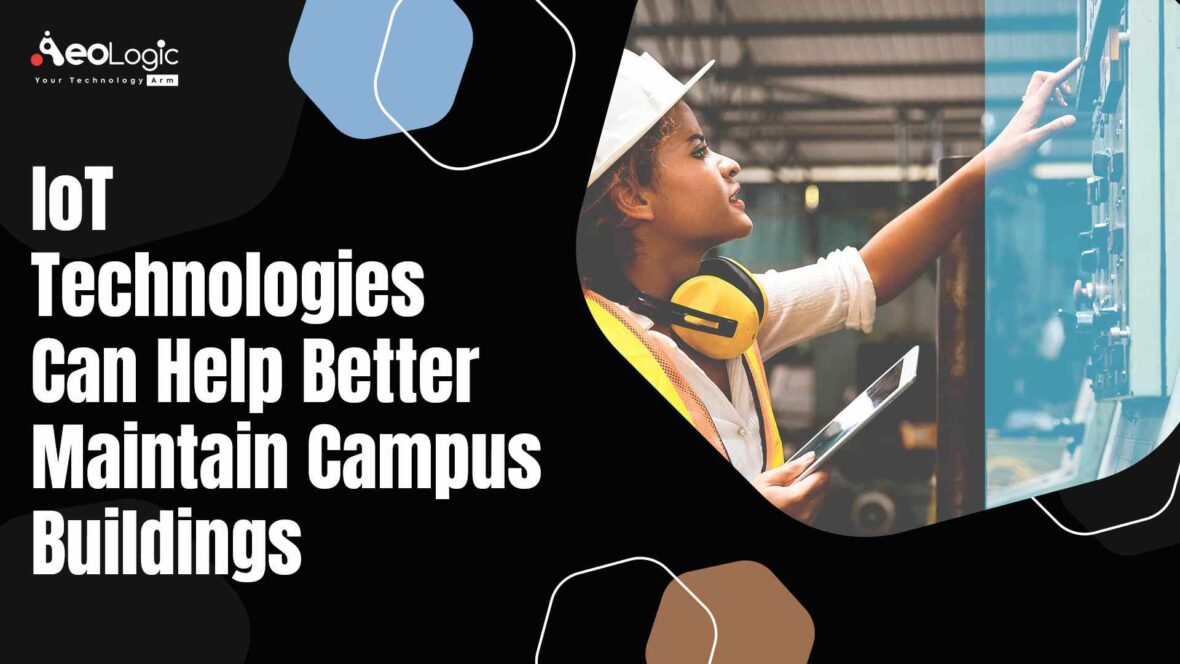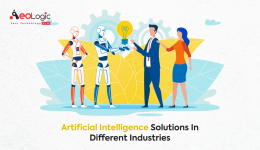Several universities and colleges are implementing Internet of Things (IoT) technologies in campus buildings to help enhance the safety and surveillance system, manage parking, and, improve the student experience. All the connected devices in the campus building gather data that can be used to enhance personalized learning and teaching. Smart infrastructure can facilitate universities and colleges in saving energy and money. This is done by implementing connected sensors and data analytics that can optimize the system.
IoT technologies in campus buildings have become crucial to engineers and facilities managers. They use the technology to manage a variety of research facilities, dining halls, lecture theatres, classroom buildings, and dormitories on campuses. University and college buildings are complex and need various maintenance requirements to keep them working in good condition. Therefore, facilities managers are needed to stay a step ahead of probable issues that can arise in the infrastructure.
Smart Campuses
In the 21st century, networked tools, sensors, cameras, and devices- are all implanted with smart technology. The demand to use them on campuses is increasing day by day across the globe. Since the demand is extensive, we have started to call campuses embedded with IoT technology Smart Campuses. The question is, why are IoT technologies in campus buildings are becoming important? In justification, these embedded devices produce and compute vital data by monitoring the safety operations, classroom usage, attendance records, etc. Afterward, the data gathered is used in making effective decisions. A smart campus not only facilitates safety and security, but also improves the student experience, community, and public relations.
Also read: How Artificial Intelligence is Transforming Education
IoT Technologies Can Help Better Maintain Campus Buildings
Following are the ways in which IoT technologies can help better maintain campus buildings:
- Timely insights
Sensor-built automation allows the decision-makers to obtain deep insight into space usage, use predictive analytics, and automatically answer alerts to optimize safety concerns without manual supervision.
- Optimizing energy efficiency
IoT data and environmental sensors which optimize humidity and temperature levels can aid managers in identifying the patterns of space usage. Therefore, they can reduce heating or cooling, and lighting to particular areas where the requirement is lower than general. Hence, managing to reduce the energy costs.
- Increase in productivity
Networked systems on campuses can certainly provide administrators with facilities data so that the maintenance team can have a record of task orders. Thus, performing more tasks efficiently each day.
- Improving security and surveillance systems
IoT technologies devices such as networked camera systems, ID confirmation signals, implanted tags, and other relevant devices can help in detecting and eliminating threats.
- Delivering high-value data
To support effective decision-making, IoT devices like sensors, cameras, and analytics software operate together to deliver high-value data on everything varying from workflows to planning optimal building infrastructure to physical security and contingency planning.
- Noise monitoring and air quality
Air and noise pollution impacts adversely on everyone’s health. IoT technologies use a network of air pollution control devices at specific points on campus to minimize pollution level and curbs traffic when the levels are exhausted. It also keeps a check on the noise level at different points on campus to detect the maximum saturation level that can cause interruptions during teaching activities.
- Updating knowledge
IoT technologies keep the contents of the education curriculum up-to-date via IoT programming. Educator training is important for the renewal of subject programs according to the requirements of companies. The future employability of learners relies on their preparation for upcoming technologies.
Also read: Driving Digitization in Retail With IoT Technology
IoT technologies and tools have also helped universities and colleges to manage education remotely. This proved to be significant, particularly during Covid-19 pandemic lockdowns. When the Covid-19 pandemic hit the world, the IoT technologies in campus buildings enabled the facilities team to manage the campus in a remote setup. So that it can work faultlessly during the campus closure. Therefore, the universities and colleges were able to operate and maintain their facilities and deliver resident comfort when staff, faculty, and students returned to campus.
Conclusion
To conclude, the implementation of IoT technologies in campus buildings is making people ready for the future world and futuristic advancements in technologies. Hence making the education system more reliable and optimized according to the needs of the managing team as well as of students.
As an industry expert, Aeologic Technologies PVT. LTD associates the evolving client requirements and dynamic market needs with our advanced and pioneering expertise. We aim to make modern education accessible to all.
To learn more about upcoming technology trends, kindly connect with Aeologic Technologies.
FAQs
What are the opportunities for a smart building using IoT?
Using IoT technologies and tools people are now more advanced than ever. They have updated data and information with IoT, managing the pollution levels is easy, decreasing the noise levels, and keeping a record of usage area. Hence making smart buildings will improve the quality of life.
What are the trending innovations in a smart campus?
Monitoring of classroom usage, tracking of data, attendance records, security operations, air quality control, and noise monitoring are some of the innovations in a smart campus.






